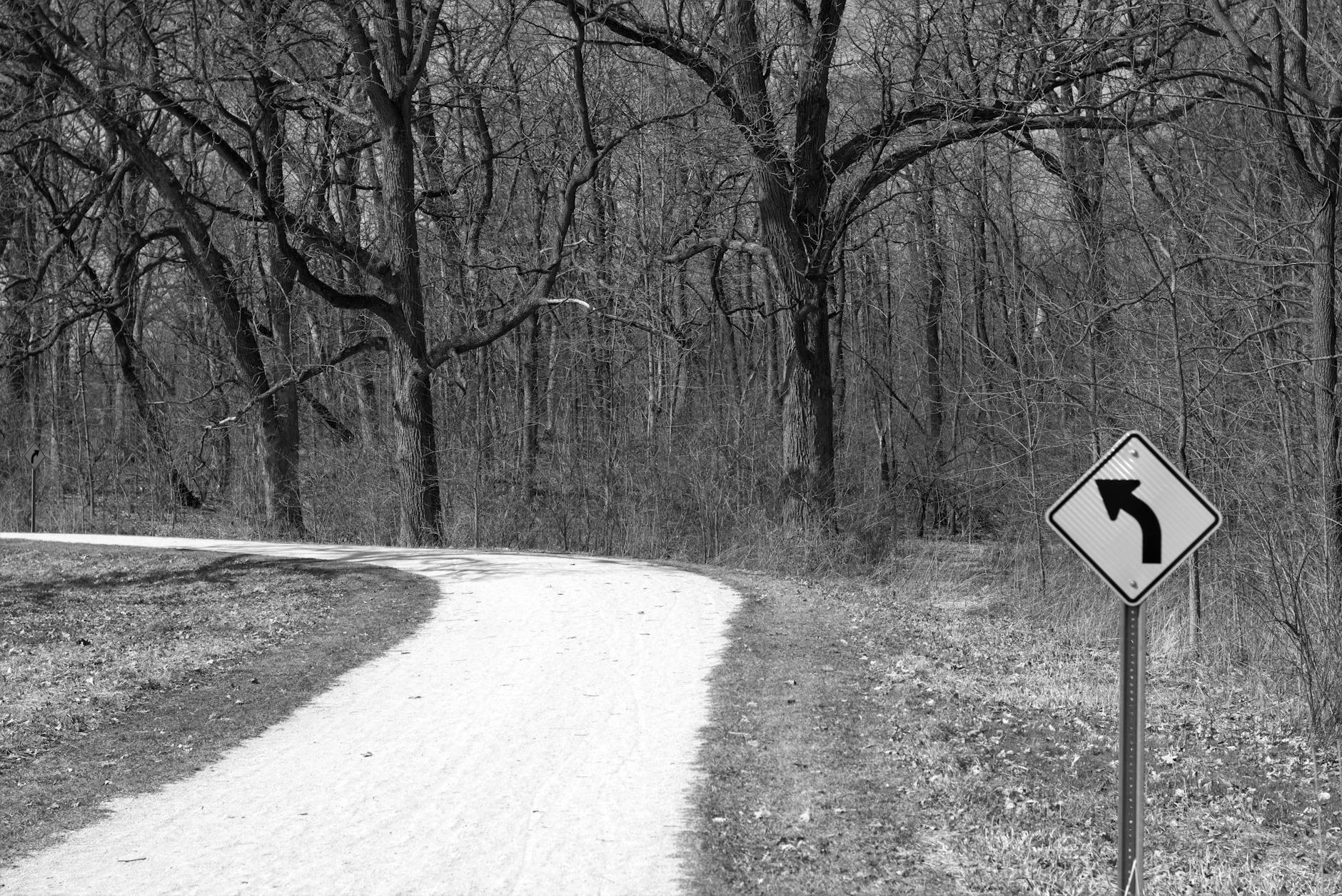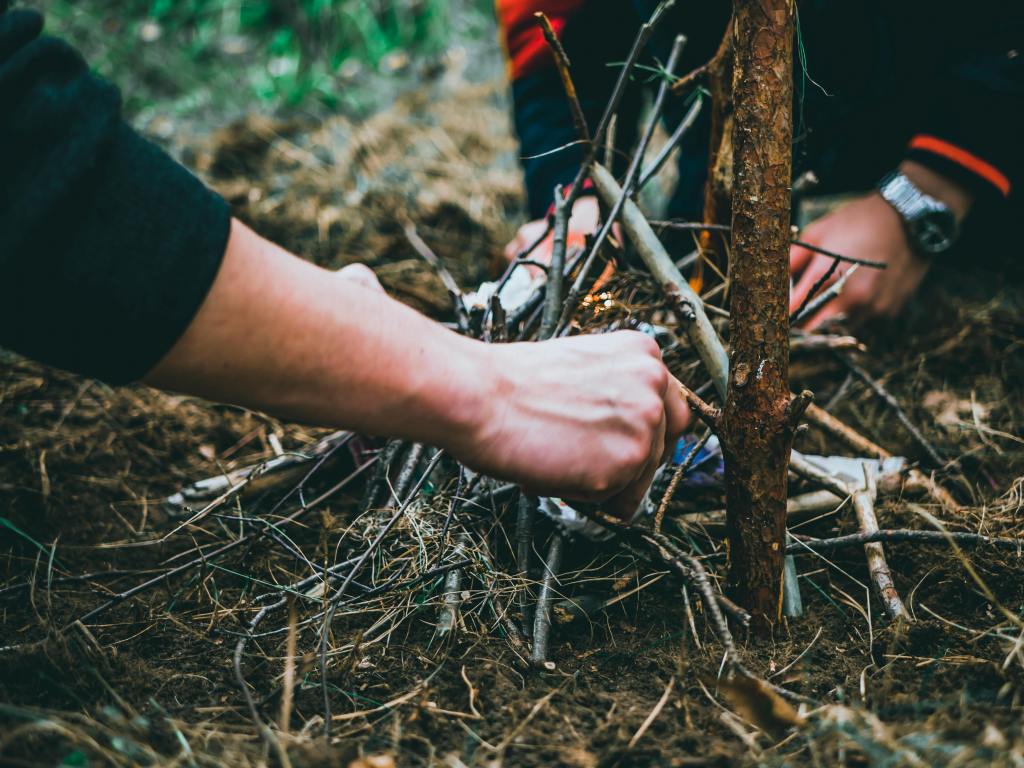Warren Buffet is quoted as saying, “If you don’t find a way to make money while you sleep, you will work until you die.” That is quite a bold statement, but it holds true to many households. This is one of the key reasons my wife Kara and I are pursuing REI: we see it as an accessible and viable avenue to build passive income. But what really is passive income? And what could it mean to you?
For me, it essentially boils down to this: if I have passive income, I am no longer trading my time for money. An hour worked is not an hour paid. That said, here is what passive income does NOT mean to me: it does not mean I don’t have to work at all. In fact, it’s quite the opposite: I am very willing to put in the up-front work to build systems that, once deployed, will be able to scale and bring me income that does not have a 1-to-1 correlation with how much time I put in.
Investing in real estate is by no means completely passive. However, it is a business model that can grow without eating up all of my time. We are a dual active income household with two young kids. We are just as resource constrained on time as we are on money. We currently have one investment property in Ohio. If we get a second later this year, it is not going to double our time commitment because we already have our business and organizational systems in place. The point here is that, as we scale there isn’t a linear relationship on the time demand.
So, if REI takes so much active input, then how can it be considered a source of passive income? Well, as a student of the sciences, here is how I think of it… In chemistry, there is something known as activation energy. This is the energy it takes to initiate a chemical reaction. Activation energy is the time, mony, and generally the work you need to put in up front, and the chemical reaction is the long sustaining energy release that represents passive income.
Say you are camping and are cold. Do you want to do physical exertions to warm up or do you want to relax and luxuriate by a nice campfire? If it’s the latter, you still have to gather the logs, stack them, get the kindling, light the thing, maybe sit there and blow on it a little bit to make sure the fire takes. But there comes a point where, if done right, you reach the combustion temperature and the wood catches fire. Now you get to reap the benefits of sustained heat and comfort because you put in the upfront work.
I think most folks would prefer this way of warming themselves. Come to think of it, I can’t remember the last time I saw someone doing jumping-jacks near an empty fire pit– trading every repetition for the heat generated by burnt calories. Sure, every now and again you have to poke the fire and turn the log, but that one fire can sustain multiple bodies sitting around it. Now picture ten people, all doing jumping-jacks to warm themselves, instead of sitting by one shared campfire. Trading a jumping-jack for warmth is like trading your time for money. This solution doesn’t scale, but it is funny to picture.
With REI, we are building systems in an attempt to achieve an activation energy to enjoy a long slow burn. We are willing to put in our fair share of work, which might lead some to say it is not truly passive. In response, I would say your only truly passive options are quite limited to things like dividend stocks (which many financial experts actually consider to be irrelevant when compared to traditional growth stocks, but that’s beside the point). Even though we are having to work to develop these passive income streams, this activation energy will allow us to finally stop doing jumping jacks.
Activating Passive Income
Road to Realty
Join us from the beginning on this windy road of real estate investing as we forge our path to financial independence.


Leave a comment